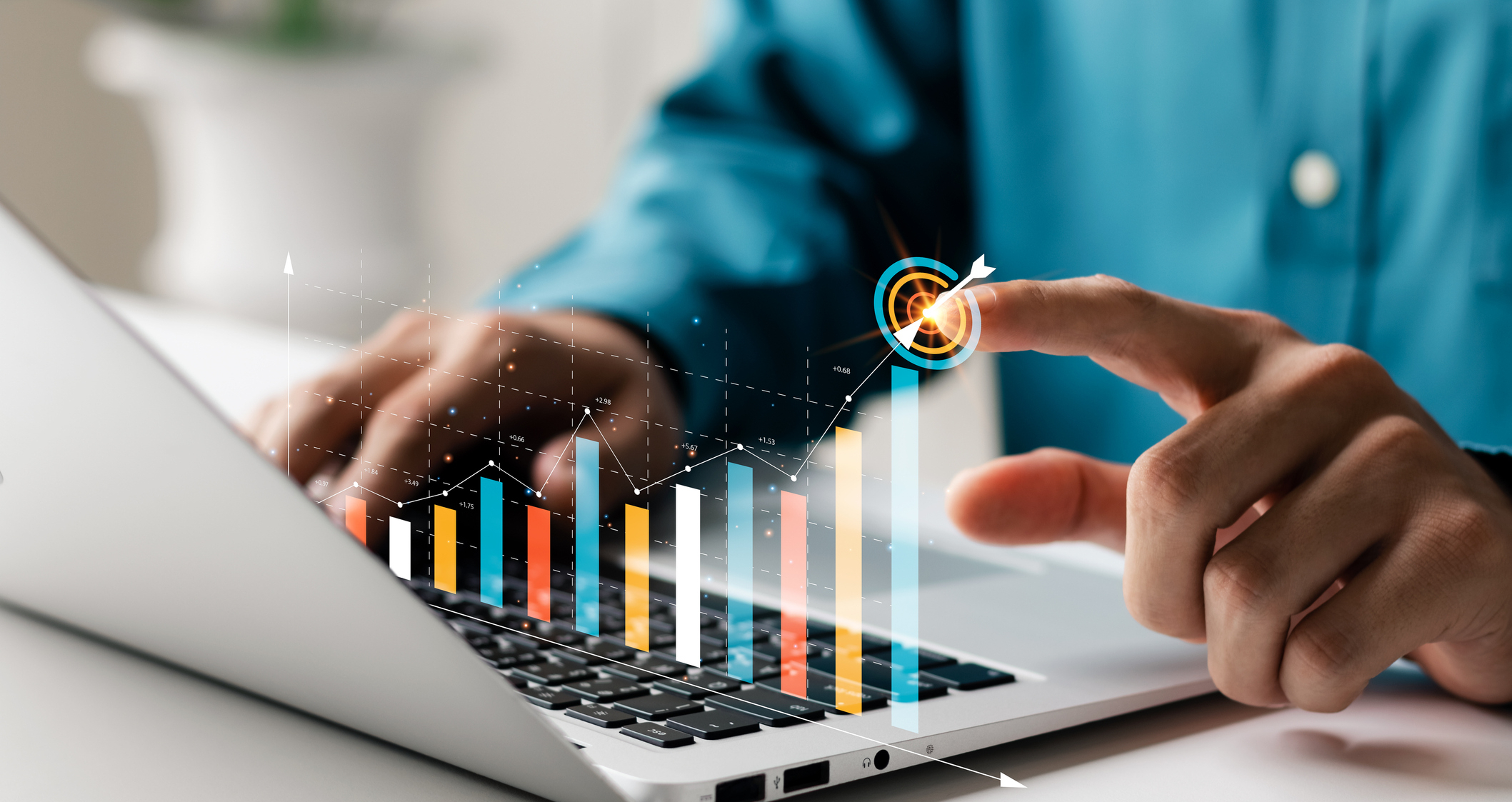5 Technologies That Are Transforming Senior Healthcare
Until recently, providing senior healthcare was a relatively fixed process. Older patients would travel to a healthcare provider for a doctor to diagnose and treat them and, in many cases, they were matched with a caregiver to assist them with daily or weekly activities. While many of the same principles apply today, technology has significantly transformed senior healthcare for the better.
Modern tools have made life easier, safer, and more comfortable for elderly patients, their families, and their care teams. As healthcare trends and technology continue to evolve, it’s essential that the way care is delivered evolves, too.
What is Senior Healthcare Technology?
Senior healthcare technology refers to the devices and systems that are designed to help senior citizens lead healthier, higher quality lives. While there are many technologies on the market, each one has a specific purpose to address the unique challenges seniors face.
As the healthcare landscape continues to change, organizations should focus on investing in and implementing tools that improve access, communication, and experience for senior patients. The COVID-19 pandemic in particular has altered the way healthcare providers view and deliver senior care—and how modern technology makes it easier and safer to do so.
Different Types of Elderly Healthcare Technology
While there is certainly no shortage of healthcare tech solutions, there are a few key tools to consider for healthcare organizations looking to improve senior care:
Wearable Devices
Wearable devices include ECG monitors, oximeters, fitness trackers, and more. The primary goal of these devices is to track, monitor, and even analyze data related to heart rate, blood pressure, glucose levels, and other key vital signs.
By putting these devices into their clothing or right on the skin, depending on the device, information is sent directly to the healthcare provider without the patient stepping out of the front door. Wearable technologies alert providers of changes or potential problems in a senior’s health, which is key to shifting elderly care from a reactive to proactive process.
Preventative health services and earlier interventions are particularly important for older patients. By investing in wearable devices and/or other remote patient monitoring (RPM) tools, healthcare organizations are really investing in proactive care and better health outcomes for seniors. Solid remote patient monitoring tools also strengthen the patient-provider relationship, a crucial part of keeping a competitive advantage.
Plus, these devices can keep track of vitals that could previously only be measured by healthcare providers, and thus allow senior citizens to avoid unnecessary (and often expensive) routine doctor’s visits.
For example, if a patient uses their wearable blood pressure monitor daily and suddenly there’s a change captured on the device, it can automatically notify a healthcare provider. The in-home care provider can reach out to the patient and travel to their address to resolve the issue, rather than requiring the patient to visit a clinic or doctor’s office for proper care.
Mobile Apps
Mobile apps are software programs designed to be downloaded on smartphones or tablet devices. Many apps make it easier for providers to connect to their senior patients, simplifying in-home care for both parties. These apps often work in tandem with wearable devices to offer accurate, real-time readings of seniors’ vitals.
Remote monitoring apps, as mentioned earlier, can monitor and record a senior’s vital signs, blood pressure, and oxygen levels remotely and instantly send this information across various platforms and providers.
There are also clinical and diagnostic apps, which often have built-in symptom checkers to help providers quickly diagnose their senior patients’ illnesses and injuries. This eliminates the need for older adults to visit their doctor for constant checkups, saving both time and money.
Many healthcare organizations are implementing different types of mobile apps to improve the way care is delivered to senior patients. As technology evolves and seniors are forced to adjust, it’s essential for companies to invest in mobile tools that make healthcare delivery as comfortable, convenient, and effective as possible for older patients.
Some mobile apps offer a convenient scheduling tool, which seniors can use to request an appointment with a provider who has experience with their condition, is familiar with their history, and has the availability required to deliver regular in-home treatments. They may also include features that enable senior patients to instantly communicate with providers, access their health data, and receive appointment updates and accurate provider arrival times.
Through the use of mobile apps, providers can bring care directly to seniors and address the growing need for in-home care among older patients. Healthcare companies can both provide excellent care services to elderly clients and improve their own operations with streamlined processes, more efficiency, and a better employee experience.
Workforce Management Tools
Modern workforce management solutions, particularly those geared toward the deskless workforce, offer high-quality collaboration tools that enable seniors to get top-notch care from the comfort of their own homes.
These types of software focus on improving team engagement and increasing the effectiveness of healthcare delivery with features like:
- Centralized, streamlined communication between patients, providers, and administrators
- Real-time scheduling and updates, so seniors always know when providers will arrive
- Contactless data collection and storage to ensure patient progress is safely and accurately measured over time
- Patient-provider matching, which automatically considers location, skills, certifications, and preferences to make sure the right mobile worker is matched to the right client
Though mobile workforce management tools replace the manual processes that have hindered senior healthcare delivery in the past, their benefits may not be abundantly clear to elderly patients right off the bat.
Organizations should work with senior clients to help them adjust to receiving care in a new way that, at first, might feel less personal. After all, older patients are likely used to scheduling their appointments through one-on-one phone calls and visiting the provider’s office to receive care. Make sure you explain the benefits of this more proactive approach and why new tools— like RPM devices that reduce their trips to the doctor’s office or automated scheduling that matches the perfect provider to the patient—improve their overall healthcare experience.
It may take some time, but the personalization made possible through mobile workforce management technology leads to higher quality interactions between deskless healthcare providers and clients. Seniors will be able to confirm in-home appointments through text, receive real-time arrival updates, and rely on more consistent care as a result of easier patient data storage and access.
Enhancements to Electronic Health Records
In the 1960s, electronic health records (EHR) transformed the way healthcare providers capture and store data. Prior to their introduction, healthcare organizations relied on paper-based processes to collect valuable patient details. But in an effort to drive efficiency and improve the customer experience—while also ensuring compliance and record keeping requirements—EHR systems emerged.
This ability to digitally track and manage patient data is especially crucial for seniors, who often rely on getting healthcare services at home. Though the invention and implementation of EHR systems isn’t anything new, the ability to properly leverage EHR-based technology has recently (and greatly) evolved.
When paired with the right technology that offers real-time access to EHR systems outside of a hospital setting, like mobile workforce management software, healthcare providers can ensure the best care possible for elderly patients.
By being fully connected to key information, deskless workers can make swift, confident decisions, regardless of where they’re providing service. Seniors are consistently matched with the right provider based on accurate data regarding location, long-term availability, and certifications, which builds stronger, deeper patient-provider relationships.
What’s more, mobile workforce management software adds significant value to the organization’s EHR-based technology stack. The right technology solution integrates with your existing tools, including your EHR system, and connects data from a variety of sources. When data flows easily (and securely) among systems, organizations can better track, manage, and improve service to seniors.
Telemedicine
Telemedicine, or remote visits, allow seniors to receive quality, contactless care in the comfort of their own homes. Through the use of mobile technology, healthcare providers can directly connect with older patients and deliver care virtually.
This technology is especially important for seniors who are unable to leave their homes due to certain conditions, or for those located in remote areas without easy access to in-office healthcare services. It also eliminates travel expenses and the risk of physical contact for patients with pre-existing health issues.
Crucial for the success of telemedicine services for seniors is a healthcare organization’s mobile maturity. When investing in mobile healthcare technology solutions, providers must focus on evolving in a few unique ways to ensure proper care for older patients:
- Implement modern mobile tools that make it easy for seniors to digitally connect with providers for better remote patient services
- Utilize technology that collects, tracks, and analyzes patient data to ensure that even virtual health services are personalized and valuable
- Equip healthcare workers with strong, real-time scheduling and communication tools, so seniors continue to trust in the quality and reliability of your telemedicine technologies
Because telemedicine requires information to be shared digitally, seniors may be hesitant to participate in this type of care. It’s essential that healthcare organizations leverage the right technologies and adopt a security-driven approach to keep patient information safe. By implementing a comprehensive security strategy that enables you to maintain agility and speed without sacrificing compliance, you can ensure you’re meeting business needs and instilling confidence in senior clients.
The Future of Senior Healthcare Technology
Each day, new devices for seniors and their healthcare providers are being designed, tested, and brought to market. It’s crucial that healthcare organizations who care for seniors are cognizant of the available technologies to remain competitive and customer-centric.
Healthcare organizations that invest the necessary time, money, and resources into technologies for elderly care will find it easier to adjust as more products continue to emerge. Those who continually focus on equipping their staff with modern tools to streamline healthcare operations, improve patient-provider relationships, and shift to a proactive care approach will undoubtedly be better prepared for the future.
This is particularly true for providers hoping to succeed in today’s healthcare landscape, where digital tools and processes are transforming both how and where senior care is delivered. Healthcare organizations will have to prioritize technologies that enable them to provide the highest quality care at home, even if this requires org-wide digital transformation.
By adapting to changing technologies and implementing the processes and operations that support them, healthcare organizations (especially those with a mobile workforce) will be able to offer quality patient care and remain competitive in the industry. Without the latest senior healthcare technology, it will be a challenge to gain and retain loyal patients and improve the bottom line.
Transform Senior Healthcare with Intelligent Software
Senior healthcare technology has changed the way healthcare organizations and providers care for their elderly clients. Tools that streamline communication, enable remote monitoring, and optimize the scheduling process create a better patient-provider relationship that results in better health outcomes.
Skedulo’s healthcare and home health scheduling software offers the interoperability required for high-quality senior healthcare. The result is simplified, effective operations to better handle patient scheduling, data-based care planning, and the overall patient experience.
Learn about what to look for in home healthcare scheduling tools to better support senior care, or book a demo today!


